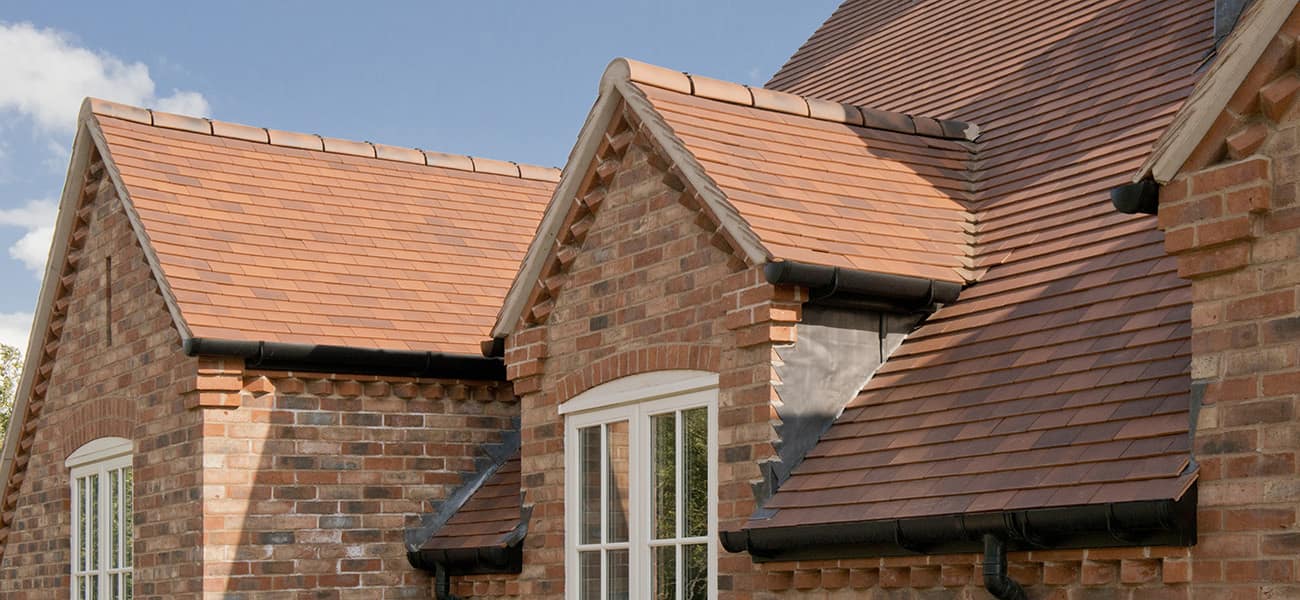How do product manufacturers make project specification easier?

September 2020 saw the publication of Setting the Bar, a report by the Competence Steering Group (CSG). The CSG was set up to tackle Dame Judith Hackitt’s recommendations in her own report, Building a Safer Future.
Paragraph 186 of Setting the Bar says: “Products are a critical element in every construction project. The choice, specification and performance of each individual component is critical to the overall performance required. There is a level of understanding and experience needed to ensure safe and appropriate outcomes.”
The report sets out recommendations related to developing ‘construction products competence’. These recommendations are likely to mean that anybody who specifies construction products will have to understand and develop their own competence, as well as be able to recognise when the competence of others is needed.
In both instances, it is product manufacturers who will arguably be best placed to assist.
How is product specification changing?
Some may argue that it is wrong to rely on product manufacturers so heavily. After all, the manufacturer’s aim is to sell their solution. Such an argument ignores the fact that architects and specifiers have increasingly looked to product manufacturers for ‘approval’ of designs anyway.
When design professionals compile a specification for, say, a pitched roof, they have to be confident that all components will perform as expected, and in conjunction with each other. When all those components come from different sources, no single manufacturer will be prepared to say that the proposed roof build-up meets the necessary standards and requirements.
This puts both the specifier and the manufacturer in a tricky position. The specifier is looking to the manufacturer for technical knowledge and expertise, which the manufacturer cannot give wholeheartedly or without caveats.
For the specifier, looking to get their specification right at an early stage of the project, there is uncertainty. Uncertainty means there is a greater possibility of the specification being changed at a later stage, either by the specifier themselves or the contractor.
The potential knock-on effects - including additional cost, delays to the programme, and uncertainty about the components working together - increase risk for all parties, and for the project as a whole.
What specification services are available from manufacturers?
Product manufacturers have to be aware of the latest developments in building regulations and technical standards. Demonstrating and sharing that knowledge is key to ensuring their products and services are used in the correct way to achieve the intended performance once installed.
Manufacturers provide guidance on how their products can meet regulations and standards, and this fundamental technical service is one of the main reasons that specifiers seek guidance on designs and specifications in the first place.
Not only that, but manufacturers first have to develop and test their products in accordance with those standards to ensure that what they’re offering is fit for purpose. In-house testing capability is a particular advantage, allowing multiple tests that assess different combinations of products under different conditions. The benefit of this all-round understanding improves the quality of advice.
Technical and regulatory knowledge is backed up by calculation services. For pitched roofs, calculations of wind load and fixing specification, both based on project location, are essential. Calculation services may also involve thermal, acoustic or structural properties. Again, because the manufacturer knows their products the best, they can provide calculations with added reassurance.
Where project-specific advice is not yet required, manufacturers still have a role to play by offering continuous professional development (CPD) to designers and specifiers. Professional development helps specifiers understand technical issues, which they can apply to projects later. Learning can be in the form of traditional seminars, or impartial technical content via blogs and publications.
How does system specification support help specifiers?
Dame Judith Hackitt’s report Building a Safer Future identified the need for a ‘systems approach’ to designing buildings, with the aim of addressing common failings within the construction industry. One of the most useful specification services a product manufacturer can offer, therefore, is a complete system solution.
In pitched roofing, a system approach means all of the components working as a single unit. The system is specified based on the building’s height, location and exposure to the elements. It includes the tiles, tile battens, eaves ventilation, ridge ventilation, underlay, fixings and accessories, delivering a whole that is greater than the sum of its parts.
Fittingly, a system solution effectively encompasses most, if not all, of those services described above. The manufacturer offers a complete range of tested products, which they can warranty accordingly because they know how the different components interact.
A system solution means there is a single point of contact for technical questions and advice, compared to the alternative of speaking to multiple manufacturers. Supporting calculations are provided, giving specifiers peace of mind, and saving time and money by getting the specification right from the start.
Service doesn’t just stop at the supply of materials and products. A manufacturer offering a system can also provide comprehensive installation advice and useful contractor tools to help achieve the best results.
The Marley Technical Advisory Service is available to answer any specific questions and provide all of the necessary supporting calculations, giving peace of mind that the solution will be right for your project.
Category: Roofing